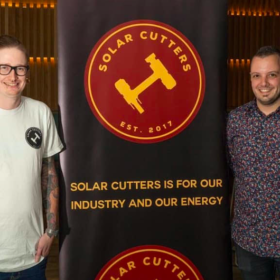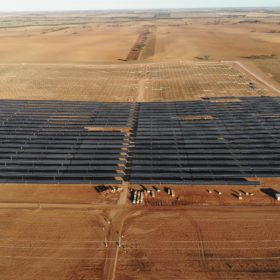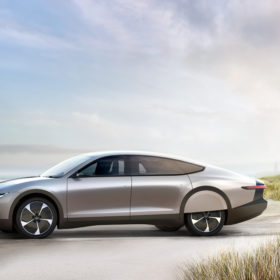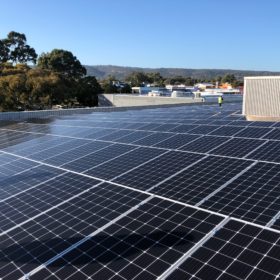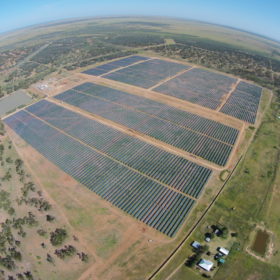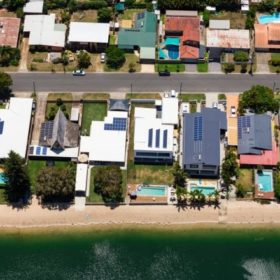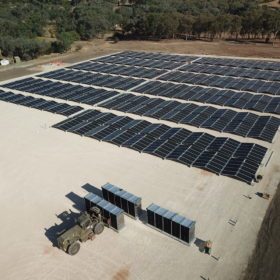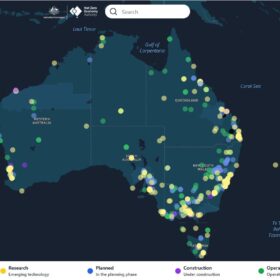Researchers develop method to synthesize graphene from eucalyptus bark
A team of Australian and Indian researchers has developed a method to synthesize soluble graphene in a cost-effective and eco-friendly way from one of Australia’s most abundant resources, gum trees.
Solar Cutters build a community to slash poor quality PV installations, components
Poor quality installations and components plagued the state-based FIT era of Australian solar. Unscrupulous ‘phoenix’ retailers remain a problem today. Solar Cutters directors, founders and good friends, Kosta Bourandanis and Jack Long decided to take the problem into their own hands, in a pretty unique way.
Big-guns join forces to form Warada, aim to boost early-stage renewable investment
Two of Australia’s leading renewable investment and advisory firms, the Clean Energy Finance Corp (CEFC) and Ironstone Capital, have combined to form Warada, an integrated development and fund management company set to invest in early stage greenfield projects across the whole industry of renewable energy.
High-end Lightyear One developers build on Solar Challenge success
Not quite to infinity, but certainly to long-range, and beyond. Former Dutch competitor in Australia’s World Solar Challenge, Lightyear has launched the world’s first long-range solar EV prototype, a potential solution to the perennial EV problem of range anxiety.
Adelaide announces incentives for shared solar, V2G, demand response
The City of Adelaide is going big on technology for low-carbon living. It has announced a new round of incentives for solar, bidirectional EV charging infrastructure, energy storage and controlled load under its Sustainability Incentives Scheme.
Queensland government to convene urgent solar industry roundtable
After a Court of Appeal dismissed the government’s application to enforce regulation requiring licensed electrical workers to mount and fix unplugged solar panels, the Queensland government has called for an urgent industry roundtable to discuss safety in large-scale solar farms.
Details emerge on audits planned for VIC Solar Homes program
After encountering some problems in the first round of the Victorian Government’s Solar Homes program, round twois set to be backed up by more stringent auditing program. Exactly what this entails is becoming more clear.
The NSW Government’s Empowering Homes program set for summer go-ahead
The new NSW Berejiklian Governmenthas followed through on the pre-election promisefor interest-free loans for battery and solar-battery systems, with installations expected to begin this summer 2019/2020.
Pre-assembled concept proposed for 10 GW Northern Territory PV project
Singapore-based proponent Sun Cable is eyeing up what would be the world’s biggest solar project by a large margin. The NT government is on board with the plans, while the environmental approval application is still in the works. Project plans include the deployment of the 5B pre-assembled array concept.
Roth: Huawei exits U.S. solar inverter market
Roth Capital Partners reports that the inverter maker ceased U.S. sales last Friday, laying off all of its U.S. citizen staff, amid rising tensions between the Trump Administration and China.

